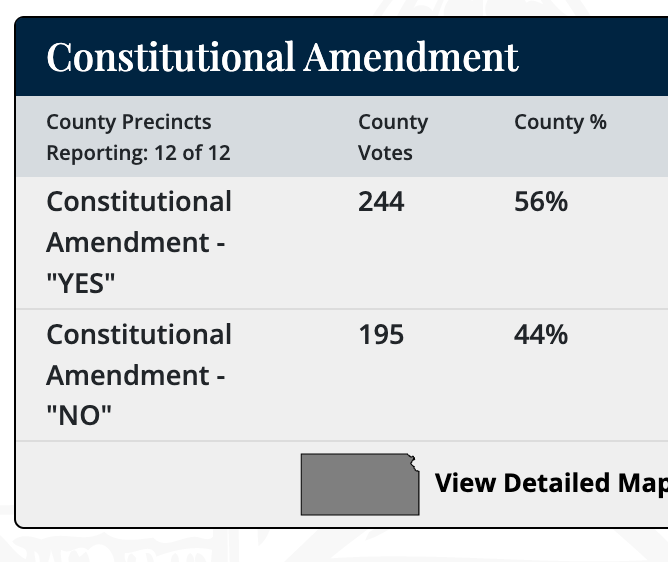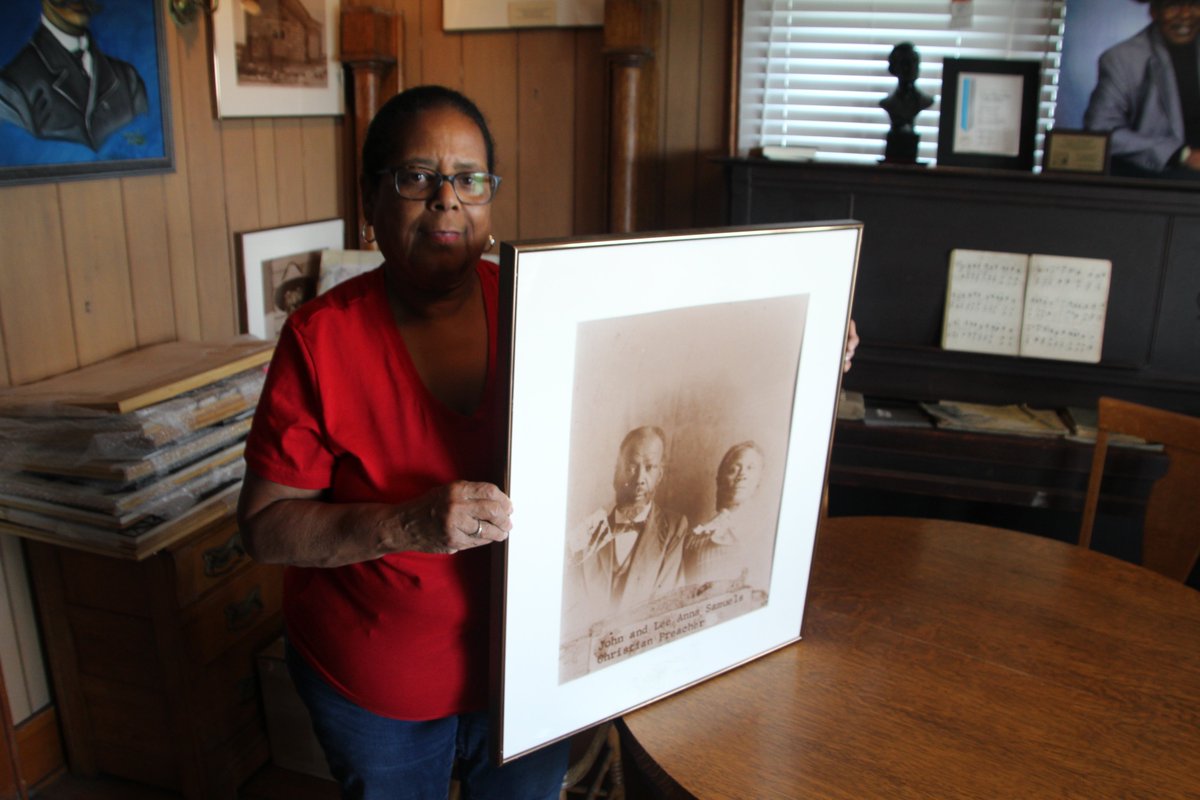
Kansas House votes overwhelmingly (116-6) to pass bill 2279, which requires groundwater management districts to do more to preserve the Ogallala Aquifer.
It says GMDs need to identify spots with the worst depletion and submit water conservation action plans to the state. #ksleg
It says GMDs need to identify spots with the worst depletion and submit water conservation action plans to the state. #ksleg
The six representatives who voted against this bill:
-Brett Fairchild, St. John Republican
-Scott Hill, Abilene Republican
-Michael Houser, Columbus Republican
-Trevor Jacobs, Ft. Scott Republican
-Samantha Poetter Parshall, Paola Republican
-Bill Rhiley, Wellington Republican
-Brett Fairchild, St. John Republican
-Scott Hill, Abilene Republican
-Michael Houser, Columbus Republican
-Trevor Jacobs, Ft. Scott Republican
-Samantha Poetter Parshall, Paola Republican
-Bill Rhiley, Wellington Republican
Rep. Fairchild was also the lone vote against this bill in the House Water Committee. At that time, he said his concerns were about it causing more paperwork/cost for GMDs.
Of the six House reps who voted no, Fairchild is the only one whose district actually overlaps with a GMD.
Of the six House reps who voted no, Fairchild is the only one whose district actually overlaps with a GMD.
If you're interested in seeing the full text of this bill, here's the pdf link...
kslegislature.org/li/b2023_24/me…
kslegislature.org/li/b2023_24/me…
Here are the basics of this bill...
The GMDs (shown in the map) have until July 2024 to identify priority areas of concern. Those are places where the aquifer depletion is worst... for example, where it's estimated there are fewer than 50 years of usable water left underground.
The GMDs (shown in the map) have until July 2024 to identify priority areas of concern. Those are places where the aquifer depletion is worst... for example, where it's estimated there are fewer than 50 years of usable water left underground.

And GMDs will have until July 2026 to submit plans for reducing water use in those areas.
Then the state's chief water engineer approves/denies the plans. The bill doesn't give much concrete criteria for what makes a good plan, other than it must "reasonably address" the issue.
Then the state's chief water engineer approves/denies the plans. The bill doesn't give much concrete criteria for what makes a good plan, other than it must "reasonably address" the issue.
To be fair, the aquifer varies greatly from one place to the next, even within the same GMD. So it would have been challenging to make all of these areas follow the same rule.
These maps show how much of the aquifer's water has been lost and how deep the water is currently.

These maps show how much of the aquifer's water has been lost and how deep the water is currently.


But if the GMDs don't act, the state of Kansas can step and do it for them. And as you can imagine, the GMDs and the water rights owners they represent would like to avoid that. So it's supposed to incentivize local action.
Here's how the bill words it...
Here's how the bill words it...

For more info about groundwater management districts and the dwindling Ogallala Aquifer in #westernkansas, here's one of my stories from last month ⤵️
hppr.org/hppr-news/2023…
hppr.org/hppr-news/2023…
• • •
Missing some Tweet in this thread? You can try to
force a refresh












